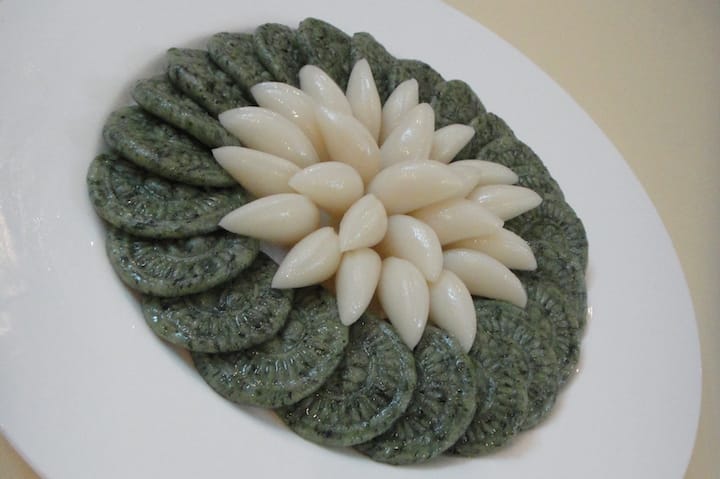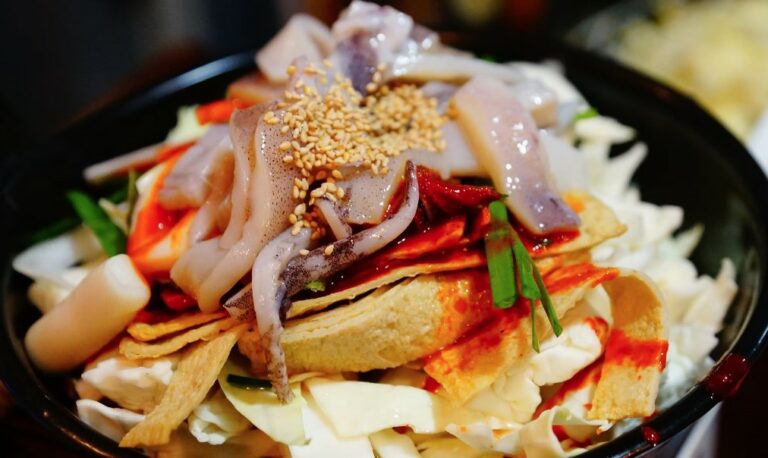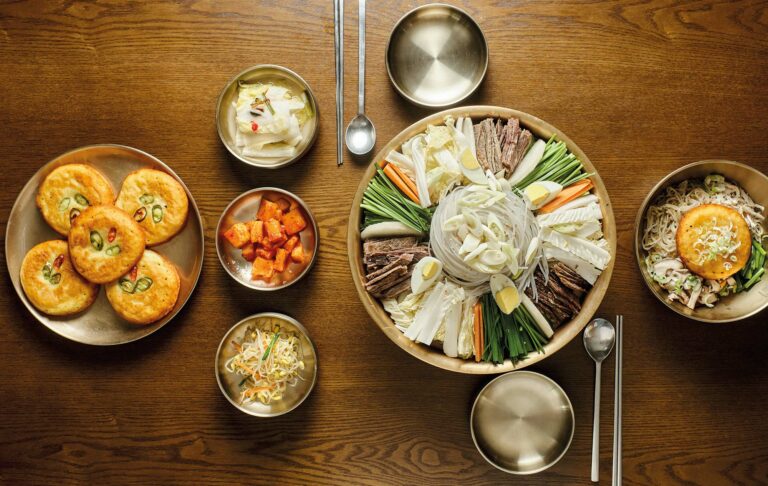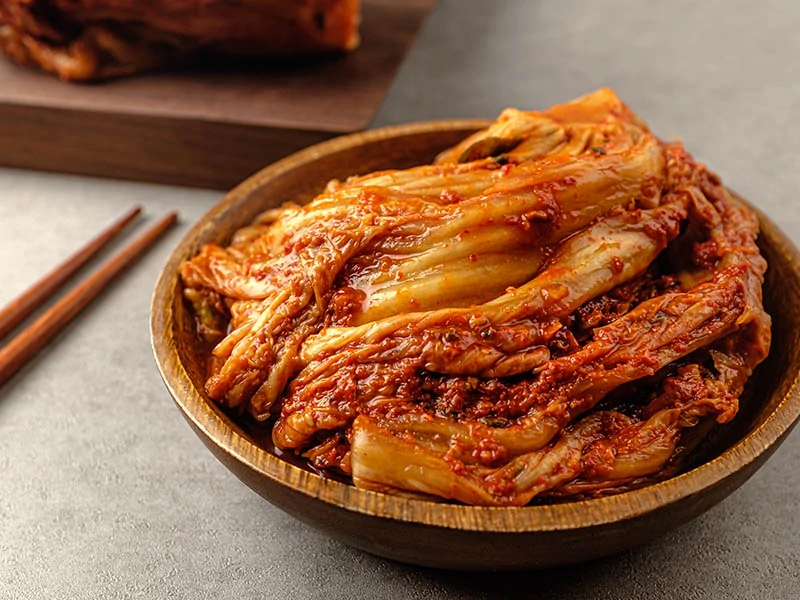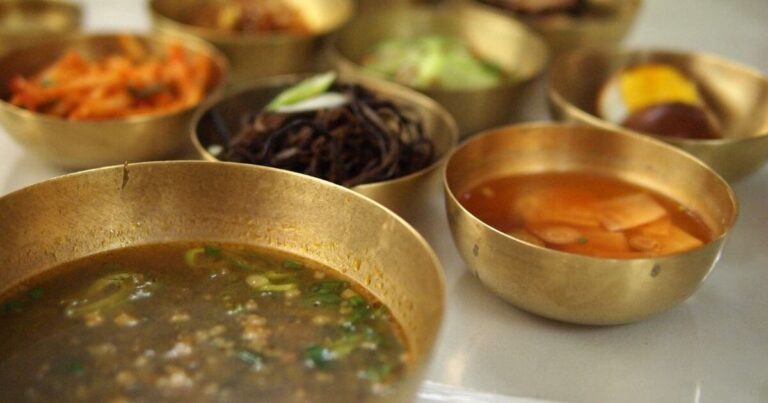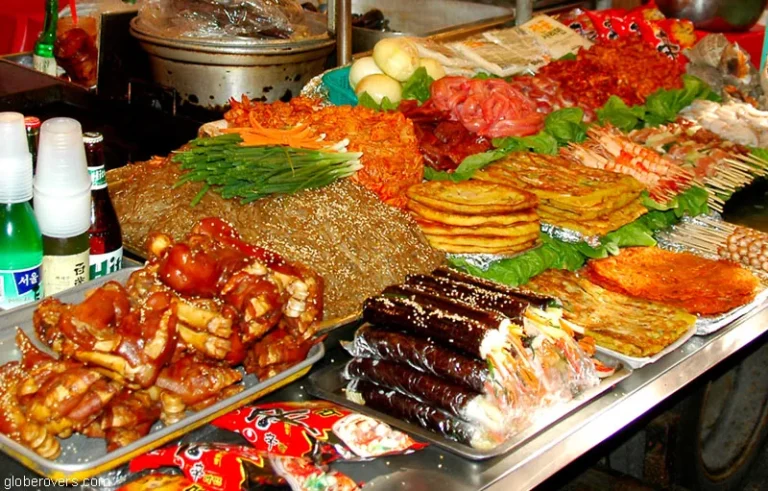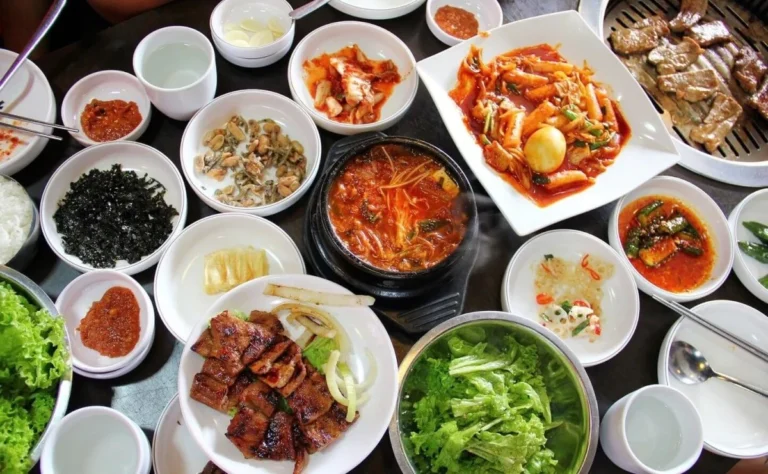Introduction: The Mysteries of North Korean Dining
North Korea is a country shrouded in mystery, with its secrets and enigmas making it one of the most intriguing nations in the world. Its politics and culture have been the subject of many studies and analyses, but not much is known about the country’s dining customs and etiquette. North Korean cuisine is a unique blend of Korean, Chinese, and Japanese influences, and its dining customs are steeped in traditions and social norms that are specific to the country. In this article, we will explore the unique dining customs and etiquette of North Korea.
Communal Dining: A Key Aspect of North Korean Culture
Communal dining is an important aspect of North Korean culture, and it reflects the collectivist nature of the society. Meals are usually shared among family members or colleagues, and it is common for several dishes to be served at once. The host or the eldest member of the group is usually the first to start eating, and others follow suit. Before the meal, everyone says “jal meokkessumnida” (let’s eat deliciously) or “jal mogetssumnida” (let’s enjoy the food), and after the meal, they say “jal jinaessumnida” (we ate well).
The Role of Kim Il-Sung in North Korean Dining Etiquette
Kim Il-Sung, the founder of North Korea and the country’s first leader, is revered as a god-like figure in the country. His influence extends to North Korean dining etiquette as well, with his picture often adorning dining rooms and tables. When dining with foreigners, North Koreans often show respect to Kim Il-Sung by placing a napkin on their lap and using chopsticks to pick up food from the dishes closest to his picture. It is also customary to leave a little bit of food on the plate as an offering to Kim Il-Sung.
Taboos and Forbidden Foods in North Korean Cuisine
North Korean cuisine has its fair share of taboos and forbidden foods. Dog meat, for example, is considered a delicacy in North Korea, but it is taboo to eat in the presence of foreigners. Other forbidden foods include any dish that is associated with South Korea or Japan, as North Koreans have a deep-seated animosity towards these countries. It is also taboo to waste food or leave anything on the plate, as it is considered disrespectful to the host.
The Importance of Proper Table Manners in North Korea
Proper table manners are highly valued in North Korea, and it is considered impolite to make noise while eating or to talk with your mouth full. It is also customary to use chopsticks to eat, even when using a spoon is more practical. North Koreans are taught to eat slowly and savor each bite, and it is considered rude to finish your food quickly or to ask for seconds. After the meal, it is customary to thank the host for the food and the hospitality.
Conclusion: Understanding North Korean Dining Customs and Etiquette
North Korean dining customs and etiquette are steeped in tradition and social norms that reflect the collectivist nature of the society. Communal dining, respect for Kim Il-Sung, taboo foods, and proper table manners are just some of the unique aspects of North Korean dining culture. By understanding these customs and etiquette, visitors to North Korea can gain a better appreciation of the country’s culture and traditions.

